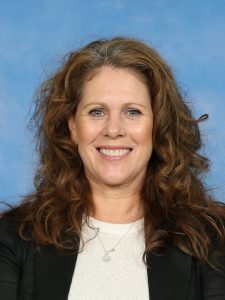About MCS
Principal’s Welcome
Welcome to Malvern Central School; a unique multi-campus school with a long, rich history of excellence and an exciting narrative for the future.
I proudly lead this school with a strong and unrelenting commitment to ensuring each of our students reach their fullest potential. This, I enable through a culture of high expectation coupled with a solid focus on a well-rounded, holistic approach to social, physical, and academic development of each of our children.
As your child takes their journey through the school years at Malvern Central School, they will receive more than just a great education. Students are offered a rich, diverse and stimulating range of opportunities that will spark their creative interest, inspire them and encourage them to be life-long learners. We empower them to achieve this through a rigorous, rich and relevant curriculum, which is designed to challenge all students and provide them with the skills and understandings they will require to flourish in our school and as global citizens into the future. They engage in this curriculum in a contemporary and technology-rich environment, reflective of the world in which we live.
This journey begins in Foundation, where your child will be introduced to school life by caring and dynamic teachers. They endeavour to support your child in every way as they enter this exciting new stage of their lives. This first year of school is an important year and we recognise you feel this way too. There are numerous social activities, school events, parent clubs and learning assistance opportunities for parents and families to engage in. We recognise the importance of sharing the learning journey with you and welcome a strong partnership between school and home that helps your child to reach their full potential.
I hope to forge a strong relationship with you as you become an integral part of our wonderful school community. Our website houses extensive information about the school and our programs and I encourage you to investigate this further. I extend an invitation for you to tour the school and meet with me personally if you wish. I have an open door policy and enjoy the opportunity to meet with parents, students and families.
Imogen Lippiatt
Principal
School Leadership
Classroom Teachers
Foundation
Foundation A
Catherine Segraves
Foundation B
Mina Mukaibo
Foundation C
Megan Stack
Foundation
Michaela Brown (Team Leader)
Year 1
1A
Stella Tzimokas
1B
Elise French
1C
Chelsea Lewis (Team Leader)
1D
Renee Jiao
Year 2
2A
Sarah Drislane
2B
Zoe Hickling/Courtney Howard
2C
Fearghal McMahon
2D
Chloe Venville
Year 3
3A
Sinead Hughes
3B
Loris Le Teno (Team Leader)
3C
Emily Deague-Hall
3D
Brigitte Memmolo
Year 4
4A
Claire Keyworth (Team Leader)
4B
Laura Tinney
4C
Anne Spengler
Year 5
5A
James Ford
5B
Meg Fruend/Dora Vlachos
5C
Kelly Cutler (Team Leader)
Year 6
6A
Natasha Ogg/Emma Simpson (Team Leader)
6B
Mim Mitchell
Specialist Teachers
LOTE – Japanese
Lui Lethbridge
Performing Arts
Amanda Oliver
Physical Education
Shaun Beattie (Team Leader)
Visual Arts
Milla Gentil
Integration Aides
Laila Khan
Rosemary O’Connor
Dominic Callegari
Junie Foscolos
Winnie Jor
Hanami Niina
Melanie Pearce (Team Leader)
Alicia Bailey
Belinda Kearns
School Profile
Malvern Central School is located in Malvern, in the City of Stonnington. Established in 1875, the School has built its own unique identity in the local and wider community. The School has 2 campuses :
- Park Street – Foundation to Year 2; and
- Spring Road: Year 3 – Year 6.
The Malvern Gardens are located between the two campuses enabling our students and teachers to access an expanded space for learning, play and physical education. There are currently 510 students enrolled, predominantly from an English speaking background. However, our School is enjoying an increasingly diverse school community.
The School is organised into straight year levels and is contemporary in its approach to educating our students who learn in an environment that is conducive to preparing them for a rapidly changing world that demands technological capacity and intelligence, heightened interpersonal skills, significant emotional intelligence, resiliency and strong literacy and numeracy skills. Teams of teachers plan together, instruct, assess, and moderate student work, then feedback to students to support personalising their learning. Teacher quality is crucial for optimal student outcomes and so our energies are directed towards coaching and capacity building of our teaching staff.
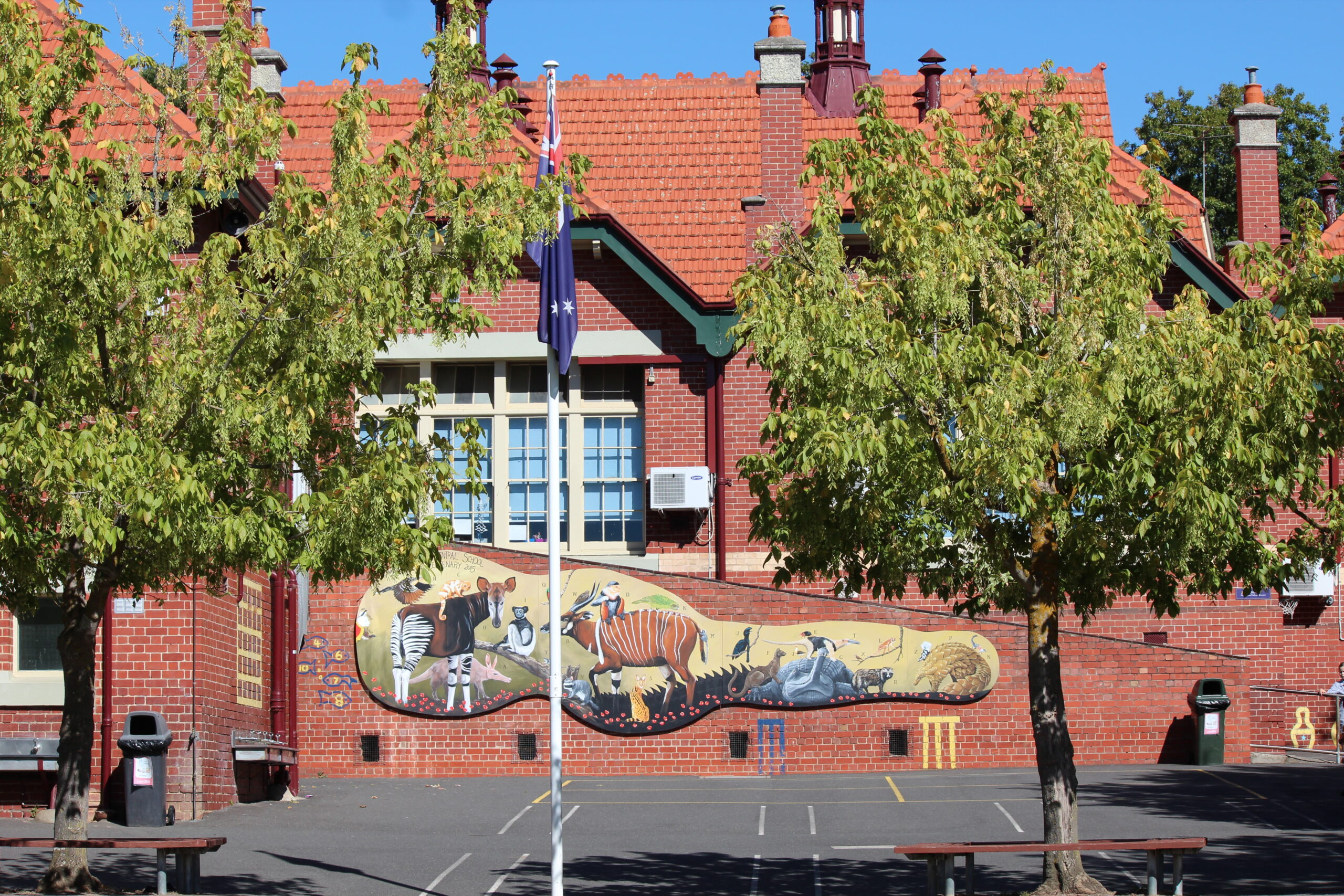
All learning spaces have a range of digital devices including interactive screens, chromebook computers, desktop computers and iPads. The School also offers a range of engaging activities to its students including camps from Year 3 to Year 6, excursions and incursions, a whole school theatre production, a coding club, a chess club, dancing and a learn to swim program.
The school is particularly proud of its progressive approach to educating students for the 21st century. The school leadership and staff of professional educators are intentional and purposeful in pursuing the optimal learning experiences for each student and as such, seek to provide all children with instruction that is personalised, contemporary, research-based, evidence-based and technologically rich.
Vision & Values
Vision
Creating independent, collaborative and contemporary thinkers with a passion for learning who make positive contributions as global citizens in an ever changing world
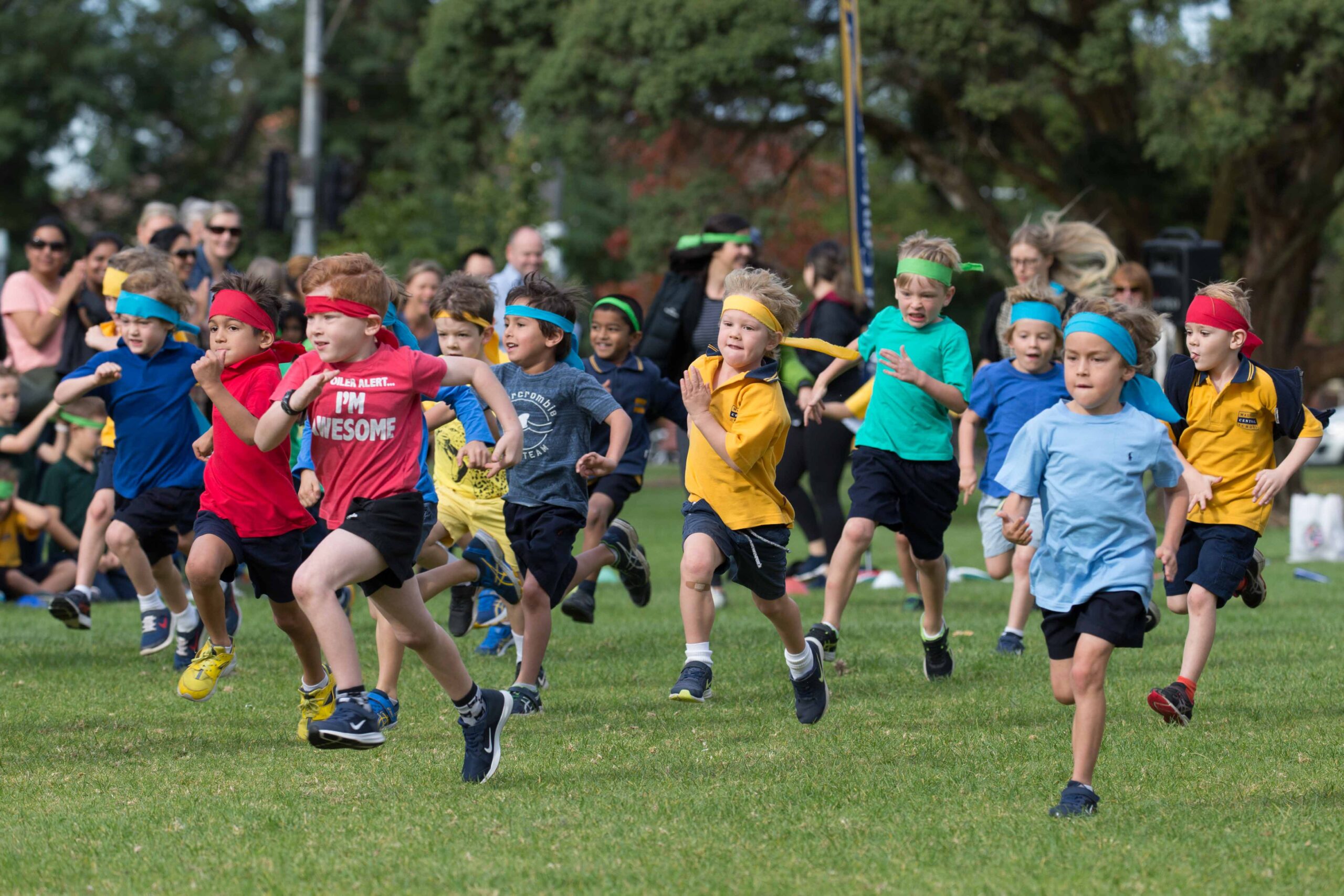
Values
Integrity
- We act at all times in a responsible and ethical manner.
- We are truthful, honest and caring.
- We ensure that the classroom and the school environment is positive, safe, caring and purposeful.
Respect
- We value and appreciate the strengths and skills of ourselves and others.
- We speak, act and treat others fairly and equally irrespective of individual differences.
- We treat all members of the school community equitably, justly and with kindness.
- We engage parents, carers and the broader community and acknowledge the vital role they play in supporting successful learning outcomes for all students.
- We learn from others and share our ideas.
Innovation
- We use evidence to reflect on how effective our practice is and look beyond what we currently do to identify best practice through research.
- We foster creativity and deep level learning to transfer our understandings, skills and knowledge from one context to another.
- We use technology to enhance our learning.
- We create contemporary and flexible learning spaces that support and inspire learning opportunities both individually and collaboratively.
Community
- We foster a social responsibility both locally and globally.
- We foster a positive and inclusive culture based on healthy relationships between all members of the school community.
- We provide students with a safe, supportive and inclusive learning environment, where the risk of harm is minimised and students feel physically and emotionally secure.
- We foster high standards of behaviour based on school values.
Perseverance
- We are committed to continual improvement of learning.
- We strive to develop a deep understanding of our strengths and capabilities.
- We are risk-takers and agents of our own learning through constantly being challenged by creative learning activities.
Parent Payments
Under the Department of Education and Training’s Parent Payments Policy, Victorian government schools are required to provide transparent information to their school community on voluntary parent/carer contributions.
The following document outlines the voluntary parent/carer contributions at our school:
Policies
MCS Commitment to Child Safety
Malvern Central School is a child safe organisation which welcomes all children, young people and their families.
We are committed to providing environments where our students are safe and feel safe, where their participation is valued, their views respected, and their voices are heard about decisions that affect their lives. Our child safe policies, strategies and practices are inclusive of the needs of all children and students.
We have no tolerance for child abuse and take proactive steps to identify and manage any risks of harm to students in our school environments.
We promote positive relationships between students and adults and between students and their peers. These relationships are based on trust and respect.
We take proactive steps to identify and manage any risk of harm to students in our school environment. When child safety concerns are raised or identified, we treat these seriously and respond promptly and thoroughly.
Particular attention is given to the child safety needs of Aboriginal students, those from culturally and linguistically diverse backgrounds, international students, students with disabilities, those unable to live at home, children and young people who identify as lesbian, gay, bisexual, trans and gender diverse, intersex and queer (LGBTIQ+) and other students experiencing risk or vulnerability. Inappropriate or harmful behaviour targeting students based on these or other characteristics, such as racism or homophobia, are not tolerated at our school, and any instances identified will be addressed with appropriate consequences.
Child safety is a shared responsibility. Every person involved in our school has an important role in promoting child safety and wellbeing and promptly raising any issues or concerns about a child’s safety.
We are committed to regularly reviewing our child safe practices, and seeking input from our students, families, staff, and volunteers to inform our ongoing strategies.
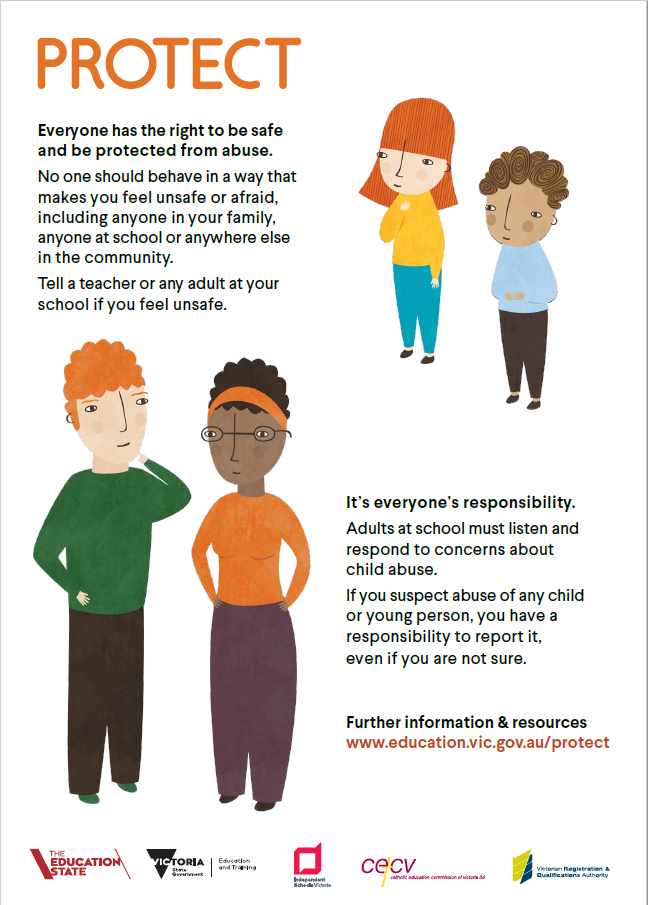
More information about Child Safety and Wellbeing
Child Safety and Wellbeing Policy February 2024
Child Safety Responding and Reporting Policy and Procedures Feb 2024
Child Safe Code of Conduct
Malvern Central School is required to adopt the Victorian Government’s Child Safety Code of Conduct. This Code of Conduct aims to protect children and reduce any opportunities for child abuse or harm to occur. It also assists school staff to understand how to avoid or better manage risky behaviours and situations. It is intended to complement child protection legislation, school policies and procedures and professional standards, codes or ethics as these apply to staff and other personnel.
Child Safe Code of Conduct Feb 2024
Department of Education and Training Child Safe information for Parents
This site contains additional information for parents with regards to:
- Speaking with your child about sexual abuse
- Recognising when a child is at risk
- The law
- Where to get help
https://www.education.vic.gov.au/parents/safety/Pages/child-protection.aspx

This presentation states the child safe standards and how MCS ensures the standards are addressed in the culture, policies, procedures and actions of the day to day running of the school.
We would like to remind all staff and members of the school community that Malvern Central School operates under the Child Safe Standards at all times.
History
A New State School
Malvern’s first state school No. 1604 originated from the school at St George’s Church. Classes were also held in the Court House until 1874, when a new two-roomed school was built on the reserve in Spring Road. The Spring Road School grew rapidly, as new urban settlers populated the district. Later expansion in the east of the study area during the inter-war period brought increasing demands for new schools to ease overcrowding in existing schools. Considerable campaigning by local communities was necessary before the State Government addressed the backlog. The Park Street infant school was opened in 1915 and central classes to year 8 were established in 1926. The following year, 1196 students were enrolled.
Central schools were the State Government’s way of compensating for the lack of a state secondary education system. They provided education to the equivalent of years seven and eight classes so that children could be educated up to the age of fourteen in the state system. Students were awarded the Merit Certificate on successful completion of year eight. Most central schools in Victoria were gradually phased out after the introduction of state secondary schools, but some remained in the study area for a particular purpose. An important role of central schools in the study area was as feeder schools for Melbourne’s two prestigious state high schools, which commenced at year nine – Melbourne High for boys and MacRobertson Girls’ High in South Melbourne. In 2014 due to the complexities of different funding and demands of a Secondary school, Malvern Central School became a Foundation to Year 6 only school, but keeping its name as a reminder of its rich and varied history amongst the community.
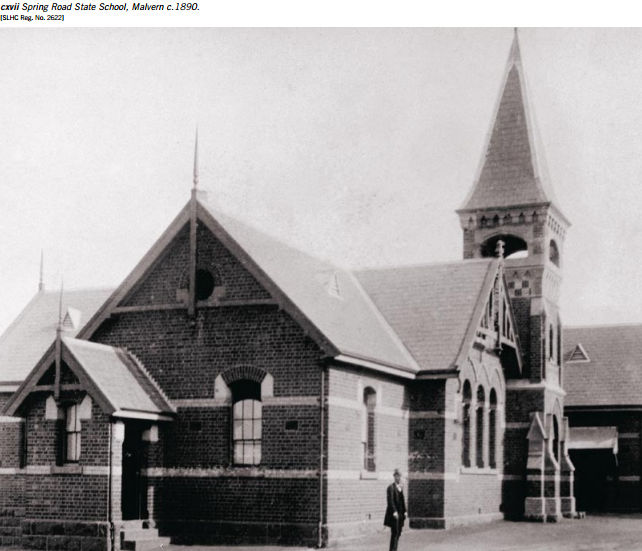
Reports and Plans
2024-2027 – School Strategic Plan
The School Strategic Plan is the school’s statement to its community about what it stands for and what it intends to do over the next four years to improve student outcomes. It defines what the school values most and sets out the school’s direction, its goals, targets and key strategies for improvement.
The ACHIEVEMENT GOAL of our current School Strategic Plan is to maximise the learning growth for all students. Our Key Improvement Strategies to achieve this goal are:
- Embed an agreed upon, consistent and evidence-based approach to teaching Reading.
- Utilise Professional Learning Communities to further develop teacher knowledge and instructional practice to extend and challenge student learning from their point of need.
- Build the capacity of staff using professional learning to implement evidence based instructional practices.
The WELLBEING of our current School Strategic Plan is to Enhance student engagement and wellbeing. Our Key Improvement Strategies to achieve this goal are:
- Enhance the school’s culture of high expectations and embed a consistent approach to supporting a positive learning environment.
- Develop and embed a shared and consistent whole school wellbeing curriculum.
- Build the capacity of staff to develop students to be self-regulated learners
The Annual Implementation Plan outlines how the strategic plan will be implemented, monitored and evaluated. The plan also contains the goals and targets from the school strategic plan, breaking these down into 12-month targets, which are smaller steps towards achieving the broader targets. The annual implementation plan is reported on in the school’s annual report.
2023 – AIP – Annual Goals Targets and KIS
The Annual Report provides the community with information about the school’s performance in implementing their improvement strategies and how the school’s resources have been used. It is the school council’s responsibility to report annually to the school community about the school’s progress.

